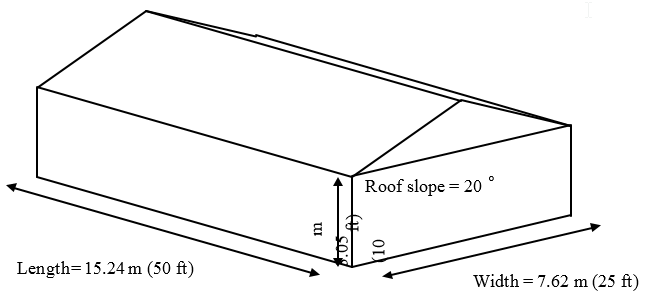Mark McGinley[1], PhD, PE and Eric N. Johnson[2], PE
- Professor, Department of Architectural Engineering, North Carolina A & T State University, 1601 East Market Street, Greensboro, North Carolina 27411 USA Email: mcginley@ncat.edu
- Director of Technical Services, Brick Association of the Carolinas, 8420 University Executive Park, Suite 800, Charlotte, North Carolina 28262 USA Email: brickeric@aol.com
ABSTRACT
In North American residential construction, brick veneer is typically used as a cladding system over wood stud wall systems. The brick veneer of these wall systems is normally assumed to act only as a cladding and any contributory resistance is not accounted for in the design of the lateral load resisting system of the structure.
As more building and national design codes require greater resistance to lateral loads, wind and seismic resistance are of growing concern. For a seismic analysis of a residential structure clad in brick veneer, the accelerated weight of the brick becomes a significant component of these lateral loads. In fact, the new International Residential Code has prescriptive limitations and requirements in higher seismic design categories that have resulted in brick veneer being restricted to one-story structures in many parts of the United States.
To evaluate the performance of brick veneer residential structures, a multiphase research program was proposed. In the first phase of this program the lateral loads applied to residential structures by code defined wind and seismic designs were determined for typical residential configurations. These loads were compared over a range of wind speed zones and seismic design categories. The result of this analysis indicates that typically wind forces are significantly higher than the calculated seismic forces and should be the governing lateral design load. In addition, there appears to be a significant difference in the code requirements of wood shear walls for wind versus seismic loading. This paper summarizes the findings of the first phase of this investigation and discusses the ramifications of the apparent inconsistencies in load versus resistance provisions.
Keywords: Lateral Loads, Light-Framed Residential Construction, Seismic, Wind, International Residential Code, Brick Veneer, Empirical Design, Rational Design
HOUSES01



